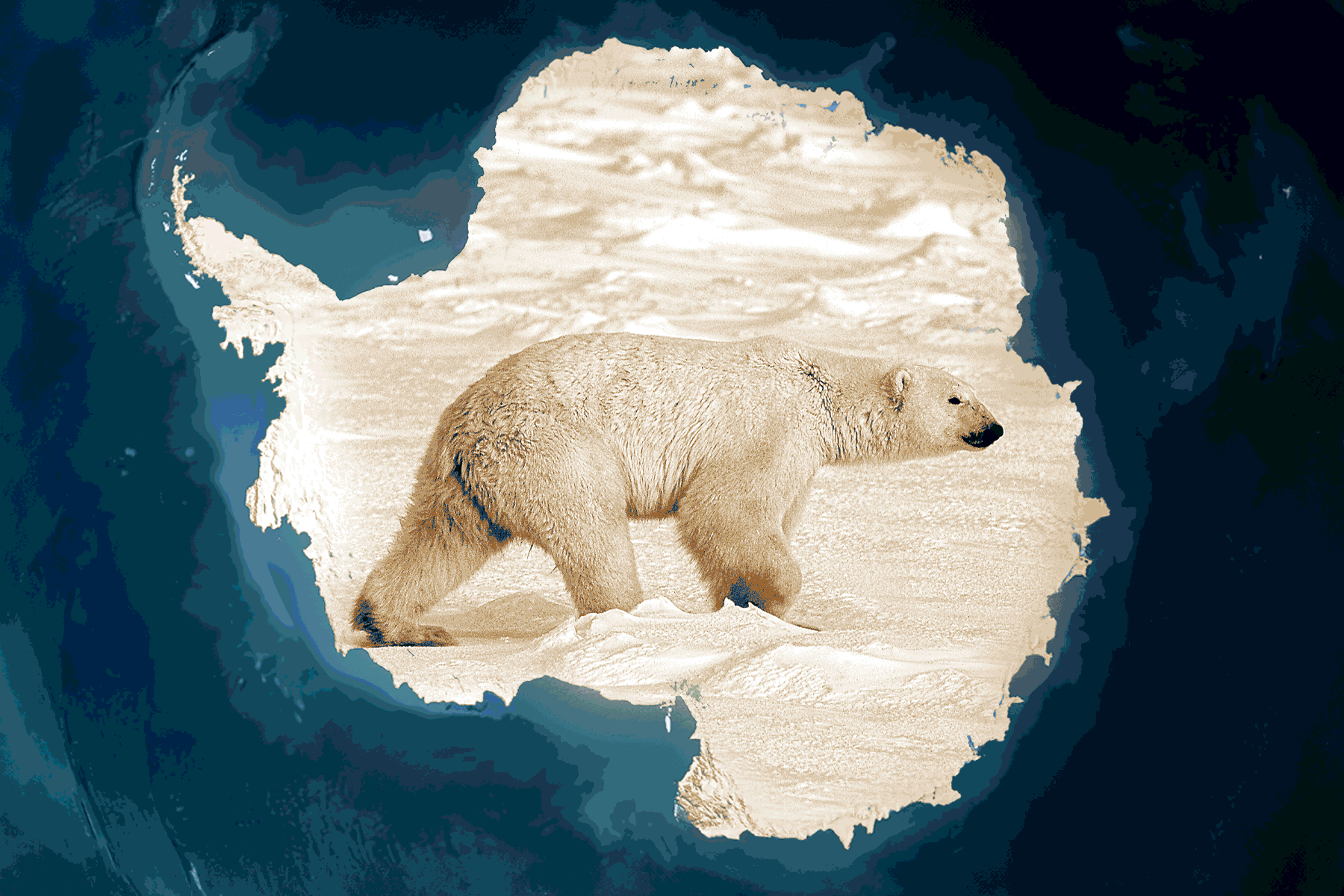Climate policy based on an assumed relationship between CO2 and Arctic ice levels is problematic, say scientists.
It’s bad news for polar bears, according to the most recent assessment report by the U.N.’s Intergovernmental Panel on Climate Change (IPCC).
Because of increasing carbon dioxide (CO2) and other greenhouse gas emissions, modeling and simulations predict the Arctic will be without ice during the month of September by 2050.
“We project an ice-free Arctic in September under all scenarios considered,” a scientific report highlighting IPCC’s findings states. “These results emphasize the profound impacts of greenhouse gas emissions on the Arctic.”
A similar prediction was made in 2013, but at that time, the prediction was for no ice by about 2033.
“All climate models are projecting an ice-free summer within the next 20 years or so,” Ron Kwok, a senior research scientist at NASA’s Jet Propulsion Laboratory, said in July 2013. “It’s not very far away.”
However, a new report by Allan Astrup Jensen, research director and CEO at the Nordic Institute of Product Sustainability and Environmental Chemistry and Toxicology in Denmark, shows that from September 2007 through September 2023, Arctic sea ice declines were near zero.
“The facts are that the Arctic Sea ice extent measured by satellites since 1978 expresses annual variations, and it has declined considerably from 1997 to 2007. However, before that time period, from 1978 to 1996, the downward trend was minimal, and in the last 17 years, from 2007 to 2023, the downward trend has also been about zero,” the report states.
“Therefore, there is no indication that we should expect the Arctic Sea summer ice to disappear completely, as predicted, in one or two decades.”
Mr. Jensen told The Epoch Times that the IPCC and other organizations “exclude the possibility that the sea ice extent may expand in the future and even reach levels from before 1996.”
“That is because they believe that the driver of the sea ice extent is the predicted warming by rising CO2 levels in the troposphere,” he said.
By Katie Spence
Read Full Article on TheEpochTimes.com















































